Dr Richard Kock was on duty at London’s Royal Veterinary College in January 2017 when he received an urgent message from international health officials. He was needed for an emergency response mission in the Mongolian countryside, where a deadly viral outbreak was underway.
He packed his things, caught a flight to the capital city of Ulaanbaatar and drove for two days into the arid steppe. He found a disturbing scene: frozen corpses scattered on hillsides, burn pits stacked with bodies and residents addled with anxiety.
But this pandemic was not targeting humans. It was goat plague, a lethal and highly infectious virus that has killed goats, sheep and other small ruminants in huge numbers since it was first detected last century. There is a vaccine, but its application in Mongolia had been botched. The virus had spilled from domestic livestock into local populations of critically endangered saiga antelope, and it wiped out about 85% of the infected, Kock said.
“Nearly everything died across a huge landscape,” said Kock, who has worked for decades to stem infectious diseases around the world. There are only a few thousand saiga antelope left in Mongolia today, largely due to the goat plague.
The only comforting element of this tale is that the disease is not transmissible to humans. At least, not yet.
But Kock worries. Goat plague is a paramyxovirus, a virus in the same family as measles. Its case-fatality rate can be as high as 90%, and some animals that contract it can infect eight to 12 others.
“They are nasty viruses,” Kock said, adding that they’re formidable in their spread and aggressiveness. It wouldn’t take a big tweak in the goat plague’s genome ― “just two amino acids, essentially” ― for it to become infectious to humans, he said. “In theory, it is very possible.”

As the COVID-19 pandemic rages on, killing thousands and crushing the global economy, the potential threat of zoonotic spillover — when novel viruses and bacteria jump from animals to people — is becoming increasingly clear. The coronavirus that causes COVID-19 almost certainly originated in bats and is believed to have spilled into humans at a live animal market in Wuhan, China. Readily transmissible and far deadlier than the seasonal flu, COVID-19 is now one of the worst pandemics of animal origin that humans have faced in a century. But it won’t be the last.
There are millions of viruses and bacteria out there that reside in wild animals and can potentially infect humans, and these emerging diseases are on the rise everywhere as humans disrupt ecosystems and exploit animal habitat across the globe. We are living in an age of pandemics, and the next one — let’s call it “Disease X,” as scientists often do — could be even more devastating than COVID-19.
“On a scale of 1 to 100, we could place [the current outbreak] probably somewhere a little below midway,” said Dennis Carroll, the chair of the Global Virome Project and former director of the emerging threats division at the US Agency for International Development (USAID).
Some known viruses circulating today have much higher mortality rates than the novel coronavirus but don’t spread easily among humans. If one of them mutated and became highly infectious in humans, Carroll said, Disease X could make this pandemic “look like a warmup.”
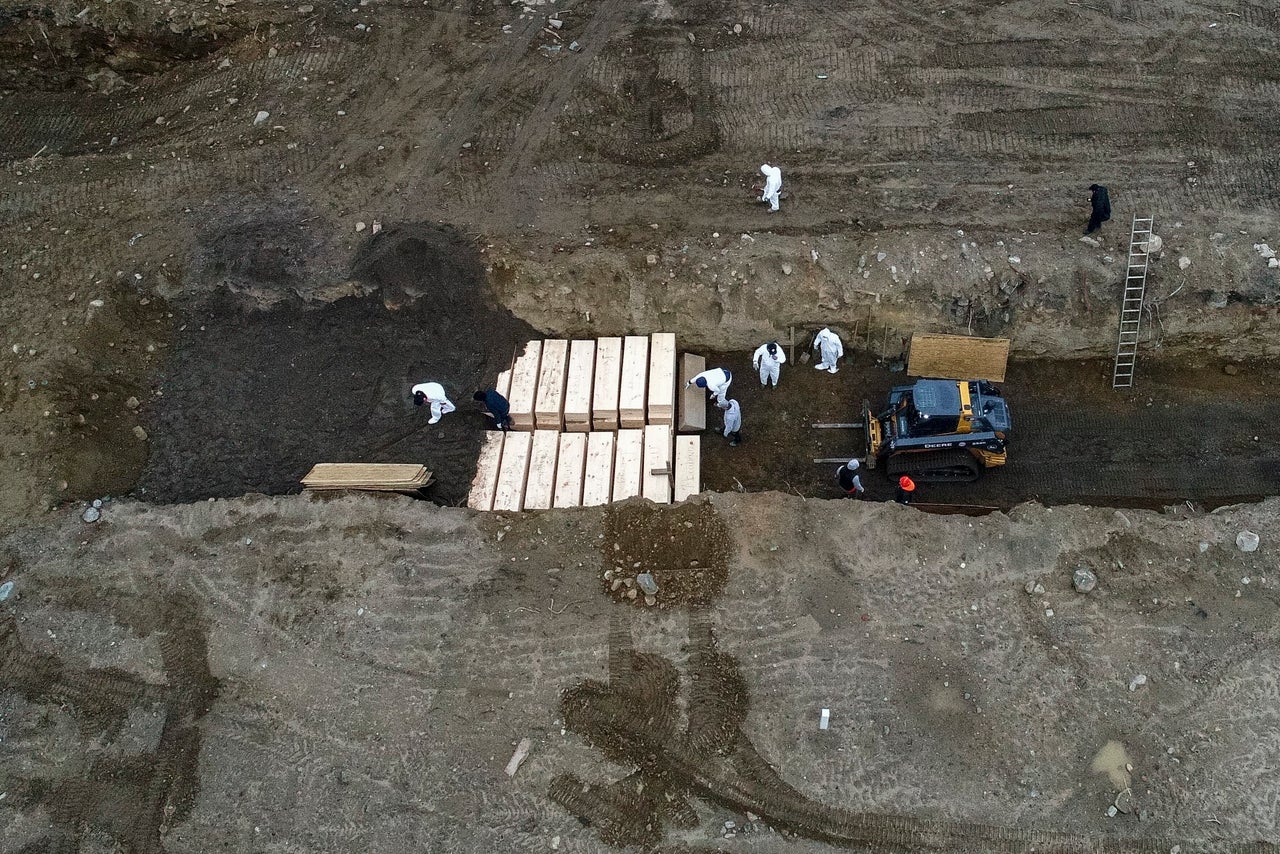
A Plague Rooted In Environmental Destruction
Political leaders are taking unprecedented measures to contain a virus that has infected at least 2.31 million people, killed at least 157,000 and forced national economies to their knees. Yet those unprecedented measures address only the symptoms of this crisis, an entirely reactionary response that has so far avoided addressing the root causes of novel disease emergence.
“COVID-19 is just the latest zoonotic disease to emerge that has its roots in the rampant habitat loss occurring around the world and the burgeoning wildlife trade,” a group of more than 100 conservation organizations wrote in a letter to the US Congress last month, urging it to include in its stimulus bill new funding to combat the conditions that give rise to outbreaks like COVID-19. “Global pandemics will likely continue and even escalate if action isn’t taken.”
So far, though, Congress has failed to act on that threat, and the Trump administration is exacerbating the problem with its relentless campaign to roll back wildlife protections and cut environmental programs at home and abroad. All the while, the threat of zoonotic disease continues to intensify.
The virus that causes COVID-19 is just the latest infectious agent to jump from animals into people. HIV, Ebola, Marburg virus, SARS, MERS, Zika ― those, too, originated in animals and are part of the same perilous trend of novel diseases that have surfaced with increasing frequency as population growth, industrial agriculture, deforestation, wildlife exploitation, urban sprawl and other human activities bring our species into continuous contact with animal-borne pathogens.
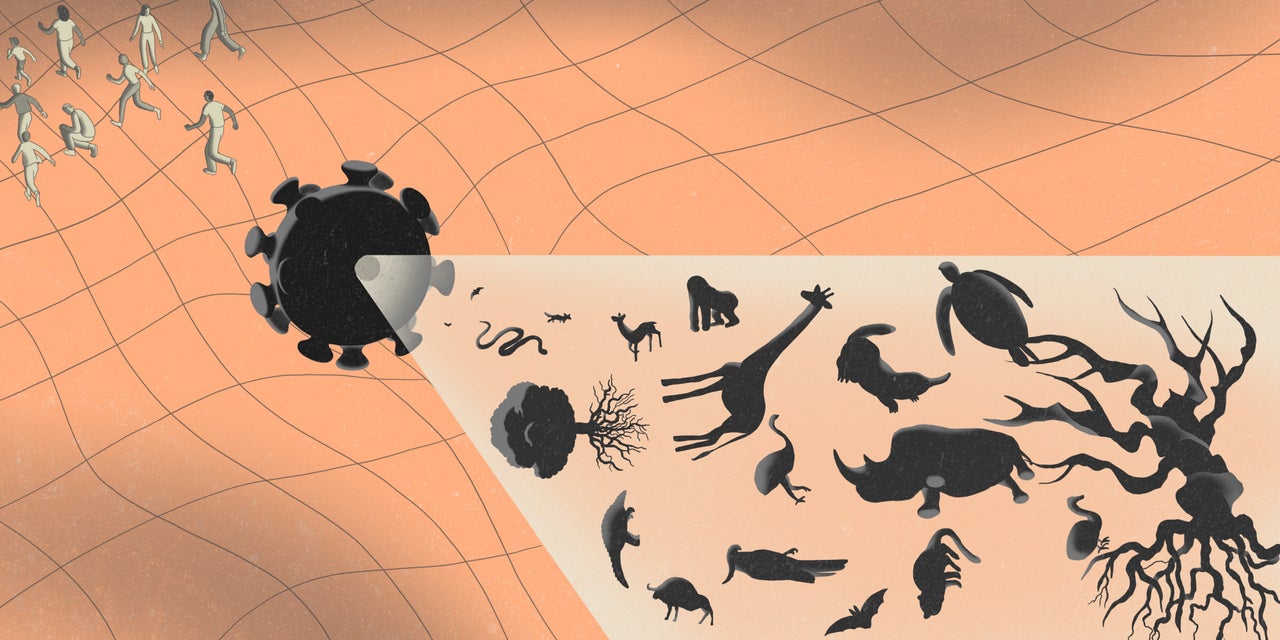
“Emerging infectious diseases, the majority of which are zoonotic and have their origin in wildlife, have been increasing significantly — both numbers of outbreaks and diversity of diseases — over the past 50 years,” said Dr Christian Walzer, chief global veterinarian at the New York City-based Wildlife Conservation Society.
The majority of emerging infectious diseases originate in animals, a 2017 study in the journal Nature Communications concluded, and “their emergence often involves dynamic interactions among populations of wildlife, livestock, and people within rapidly changing environments.” A 2015 study found that land-use changes, such as urban expansion and deforestation, is the single most significant driver of many of the zoonotic outbreaks that have occurred since 1940.
“In the broadest sense, humans are the main drivers of zoonotic disease outbreaks,” said Catherine Machalaba, a policy adviser and research scientist at the EcoHealth Alliance.
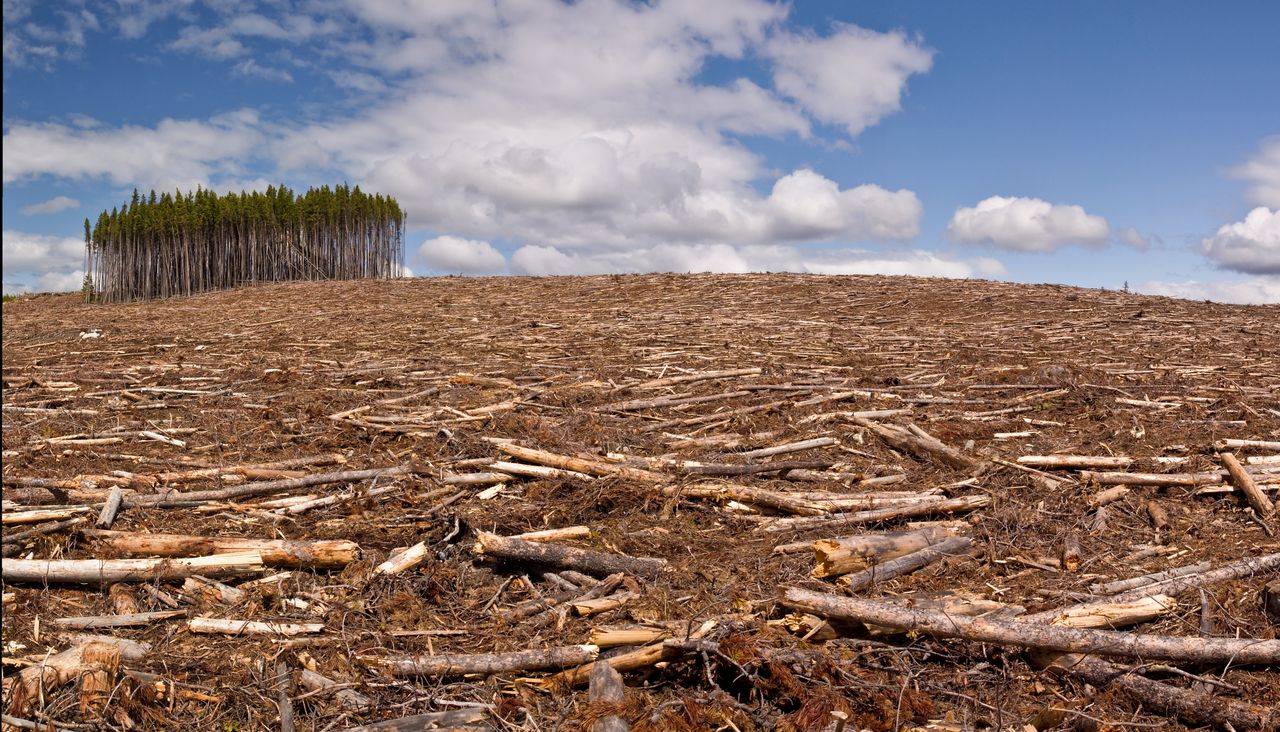
The COVID-19 pandemic has brought global attention to live wild animal markets, which are common throughout Southeast Asia and Africa and which scientists say provide ideal conditions for new pandemics to spawn. The markets, which are often located in dense, urban areas, bring a wide variety of domestic and wild species, living and dead, into contact with humans. They are potential petri dishes for novel pathogens to evolve and spread.
It is at one such “wet market” in Wuhan, a city of 11 million, that the novel coronavirus, labeled SARS-CoV-2, is believed to have first spilled from its original host (thought to be a bat) into an intermediary host species or directly into humans. The crowded market featured dozens of live and dead animals for sale that rarely, if ever, come in contact in the wild, from fish and rats to monkeys and foxes. These markets are poorly regulated, and endangered species are known to end up in them.
This coronavirus crossed over to humans in China, but the spillover of such diseases is occurring all over the world, including in the United States. Walzer points, for instance, to the rise of Lyme disease in North America, where our suburban developments and shopping malls wiped out wild forests, killed native predators, amplified rodent and deer populations, and fueled outbreaks of the tick-borne illness.
“It’s the classic example of how biodiversity loss has increased the risk for spillover,” Walzer said.
Consider also Nipah, a paramyxovirus, like the goat plague, that first appeared in Malaysia in 1998. That virus — an inspiration for the 2011 film “Contagion” — has its origins in fruit bats, but it spilled over to pigs on a farm where livestock pens abutted mango trees that bats used as a food source.
“Bats were coming in in large numbers, feeding on mangos and, in the process of chewing on the mango, they would drop mangos laden with mucus and other body fluids into the pig pens,” said Jonathan Epstein, vice president for science and outreach at the EcoHealth Alliance, which works to study and prevent zoonotic disease spillover. “That is how it started.”
Nipah does not harm bats. But it sickened pigs and soon infected humans, too. First, it spread to workers on the farm. Then, as pigs were traded around the country, it infected other humans. By the end of the outbreak in 1999, 265 people had contracted the virus and more than 100 had died. Malaysian authorities, meanwhile, had slaughtered millions of pigs to stanch the infection’s spread.
But the story doesn’t end there. Nipah, scientists soon discovered, was also in Bangladesh. Since the early 2000s, the country has suffered from a series of recurrent outbreaks that have claimed scores of lives. In these cases, however, there were no pigs involved. The virus spread here happened via sap from date palm plants, which some in Bangladesh harvest and drink raw in the winter months. Fruit bats have learned to exploit this food source, too, and their saliva, urine and droppings sometimes fall into the pots that people use to collect the palm sap. In this way, scientists say, Nipah has spread from bats to Bangladeshis.
“Nipah is a scary virus because it is super deadly,” said Epstein, who has studied the virus’s spread and notes that it has a case fatality rate in Bangladesh of about 75%.
But there’s another reason Nipah keeps disease experts up at night: Humans can spread the virus directly to each other, with no animal intermediary necessary.
“Nipah has shown human-to-human transmission consistently in Bangladesh, and that is why it is among the top listed infectious disease threats,” Epstein said. “It is only a matter of time before a version of Nipah virus gets into people, one that is both deadly and highly transmissible.”
In other words, there’s no need to speculate about the spillover of a scary disease like goat plague when Nipah is already on the scene.
Live animal markets and COVID-19. Degraded forests and Lyme disease. Agricultural production, disrupted bat habitat and a petrifying new paramyxovirus. These examples all tell the same story: Humanity’s effect on the natural world, and on wildlife especially, is causing novel pathogens to infect, harm and kill us. When we mine, drill, bulldoze and overdevelop, when we traffic in wild animals and invade intact habitat, when we make intimate contact with birds, bats, primates, rodents and more, we run an intensifying risk of contracting one of the estimated 1.6 million unknown viruses that reside in the bodies of other species.
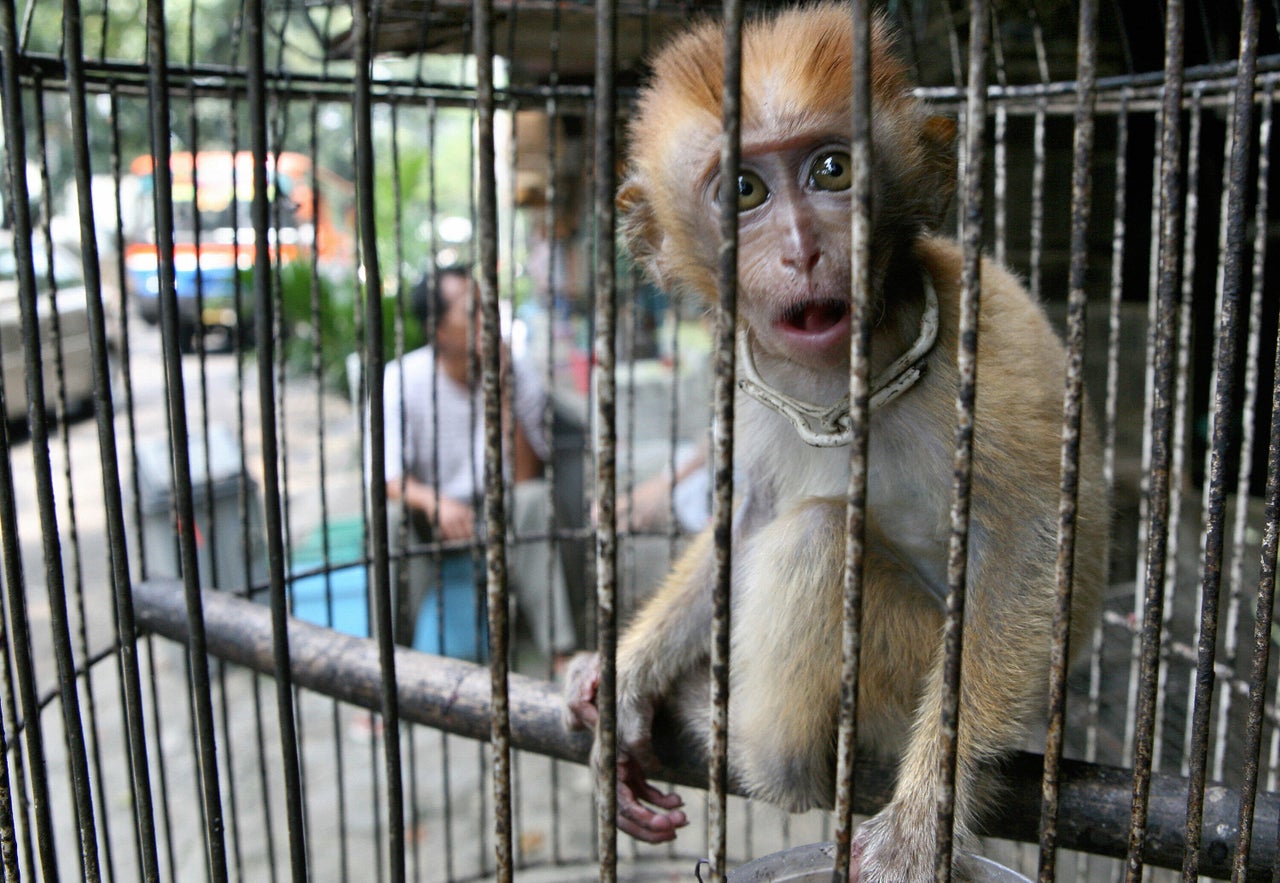
Far From An ‘Unforeseen Problem’
Throughout his presidency, Donald Trump has consistently undermined science as part of his pro-development, anti-environment agenda. And the administration’s response to COVID-19 has, unsurprisingly, been defined by similar denial.
Trump spent weeks downplaying the threat, only to suddenly change his tune and insist that no one could have possibly predicted or prepared for such a devastating pandemic. He described the outbreak as an “unforeseen problem,” “something that nobody expected.”
But a crisis of this magnitude was not only possible, it was all but inevitable. Many people, from business leaders to intelligence officials to infectious diseases experts, have been saying so for years.
“If anything kills over 10 million people in the next few decades, it’s most likely to be a highly infectious virus rather than a war,” billionaire Microsoft founder Bill Gates said in a 2015 Ted Talk, stressing that the U.S. and the world at large are wildly unprepared to respond.
Even Trump’s own appointees in the intelligence community had issued warnings.
“We assess that the United States and the world will remain vulnerable to the next flu pandemic or large scale outbreak of a contagious disease that could lead to massive rates of death and disability, severely affect the world economy, strain international resources, and increase calls on the United States for support,” says the 42-page Worldwide Threat Assessment that then-Director of National Intelligence Dan Coats presented to the Senate Intelligence Committee in January 2019.
The report highlights stalled progress in combating infectious diseases such as malaria and the measles, as well as the link between emerging pathogens and human encroachment.
“The growing proximity of humans and animals has increased the risk of disease transmission,” it says. “The number of outbreaks has increased in part because pathogens originally found in animals have spread to human populations.”
And yet the Trump administration was caught unprepared, confused and unable to craft a coherent strategy to tackle the threat. Indeed, even in mid-March, the president was still comparing COVID-19 to the seasonal flu.
Beyond their hapless response, Trump and his Cabinet have also promoted a slew of policies that actively exacerbate the potential for zoonotic spillover.
Since taking power in 2017, the Trump administration has been on an anti-environment bonanza, rolling back wildlife and land protections while also working to cut funding for key international conservation programs that help prevent the sort of activities that give rise to infectious disease emergence. In its proposed budget for fiscal year 2021, for instance, the administration seeks to cut more than $300 million from critical USAID and State Department programs that combat wildlife trafficking, conserve large landscapes and otherwise promote biodiversity and wildlife protection abroad.
“USAID is one of the largest global donors for biodiversity conservation,” said Kelly Keenan Aylward, director of the Wildlife Conservation Society’s Washington, DC, office.
She pointed, for instance, to the agency’s Central Africa Regional Program for the Environment, a landscape-scale effort that focuses on combating wildlife trafficking and deforestation, two key drivers of biodiversity loss. USAID, Aylward said, also funds essential biodiversity programs in the Amazon and Southeast Asia, among other places.
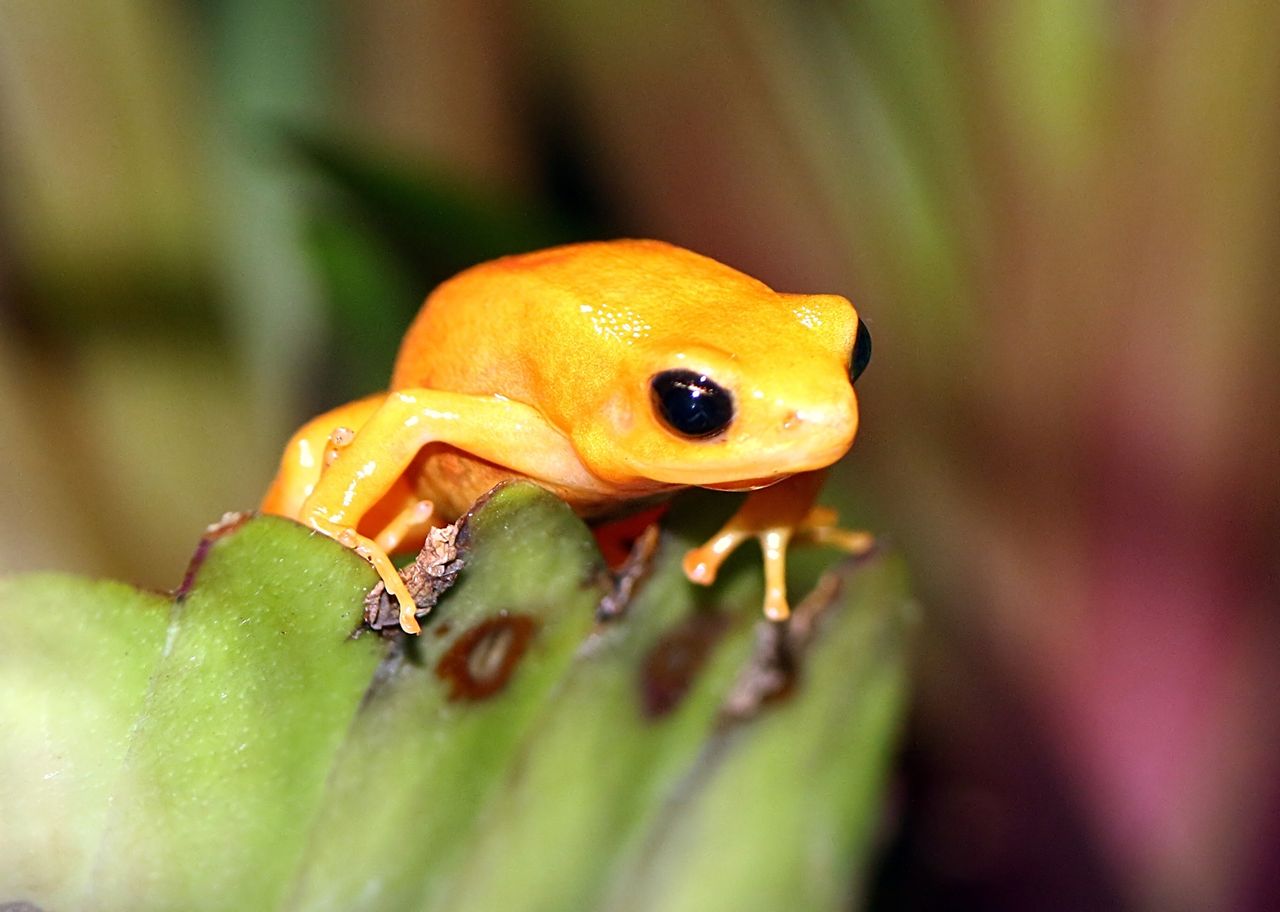
Trump and his small army of industry-linked political appointees are also going after the country’s key domestic wildlife agency, the U.S. Fish and Wildlife Service, which is responsible for enforcing the Endangered Species Act and fighting the illegal wildlife trade. In fiscal year 2021, they aim to slash the agency’s budget by roughly $80 million, including significant cuts to its law enforcement programs. They also want to whittle away at the agency’s Multinational Species Conservation Fund, which finances conservation programs for imperiled species abroad.
The administration also finalized regulations that significantly weaken both the Endangered Species Act and the Migratory Bird Treaty Act, two bedrock conservation laws. It engineered the largest rollback of public lands protection in U.S. history and has presided over a steep decline in the number of new species listed under the ESA. It has withdrawn U.S. membership in UNESCO, a United Nations program that protects hundreds of natural sites around the world, and earlier this month Trump threatened to halt U.S. funding for the World Health Organization over its pandemic response, a clear effort to shift blame away from his administration. All this while advocating drastic cuts to U.S.-sponsored global health programs that fight infectious diseases.
Wildlife and land protection programs, advocates say, should be getting more support, not less — especially in light of a raging pandemic that has its origins in environmental destruction and disruption.
“Conservation and wildlife protection efforts must be prioritized in order to protect not only our precious resources,” said Kate Wall, the senior legislative manager at the International Fund for Animal Welfare, “but the stability of our global economy and, indeed, our very existence.”
‘It Should Be A Defining Movement’
Carroll, the former USAID official, said fighting emerging disease requires social engineering that invests not only in the capability to disrupt future spillover but also measures to manage outbreaks when they occur.
Carroll designed and directed Predict, a USAID disease surveillance program that identified more than 1,000 previously unknown wildlife viruses, including strains of Ebola and dozens of coronaviruses, over the last decade. The project proved that our existing technologies could pinpoint future viral threats. But operating on that scale, it would take centuries to catalog the estimated 1.6 million viruses out there ― what Carroll calls “unknown viral dark matter.”
In September, after $200 million and a decade of virus hunting, Trump’s USAID announced it would not renew the Predict program for another five-year cycle. Carroll left USAID around that time. And on March 31, as the coronavirus pandemic ravaged the U.S., the administration officially shuttered the program. USAID subsequently granted the program a six-month extension on April 1 to “provide emergency support” to other countries in their response to COVID-19, but the effective cancellation of Predict had already caused real damage — its field work came to a halt months earlier, and some of the organizations that worked on the program were forced to lay off staffers, according to an April report in the Los Angeles Times.
USAID is now in the process of developing a new project, called STOP Spillover, which is expected to be launched this fall and cost $50 million to $100 million over five years. An agency spokesperson told CNN the program will “build on the lessons learned and data gathered” during Predict and “focus on strengthening national capacity to develop, test and implement interventions to reduce the risk of the spillover.”
Carroll now leads the Global Virome Project, a nonprofit that is working to create what he describes as a “global atlas” of animal viruses that would help prepare for, and ideally prevent, pandemics. Mapping viruses by species and location would allow governments to target hot spots for increased surveillance and ecosystem protections.
Carroll also hopes it will make it possible for scientists to develop vaccines that protect humans from not just one virus but perhaps even whole viral families.
“The demise of Predict,” Carroll said, “will only be a tragedy if we don’t continue to invest in viral discovery.”
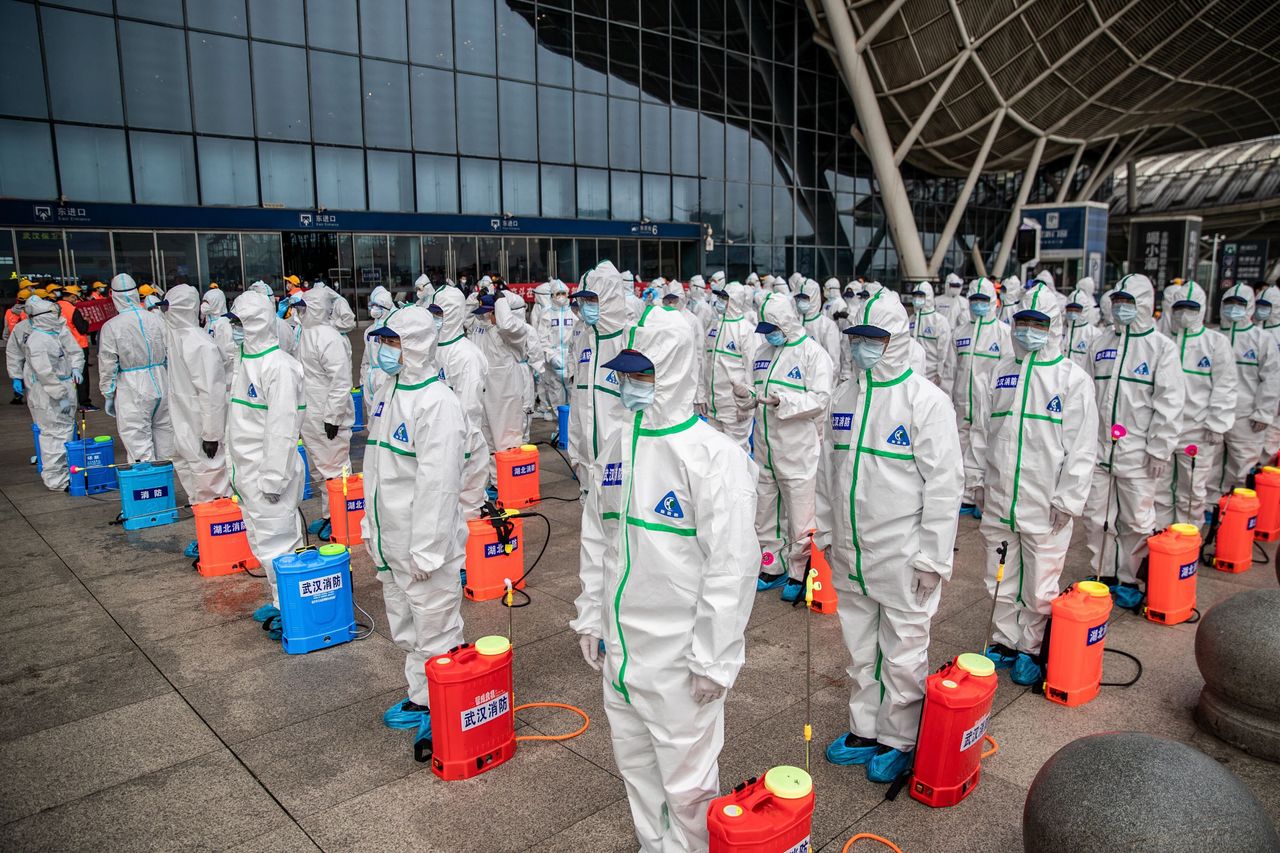
Disease research and preparing for pandemics isn’t cheap. The Global Virome Project estimates it would cost $1.5 billion over a decade to identify 75% of the unknown viruses in mammals and birds. On the heels of the Ebola crisis in 2016, a commission of global health experts called for an annual global investment of $4.5 billion to help prevent and fight future pandemics, including $3.4 billion to upgrade public health systems across the globe and $1 million for the development of vaccines, diagnostics and therapeutics.
But those figures pale in comparison to the costs of a global pandemic, as highlighted by the untold trillions of dollars that COVID-19 is now costing the world economy.
Perhaps the frequency of deadly disease outbreaks ― SARS in 2003, swine flu in 2009, MERS in 2012, Ebola in 2014 and now COVID-19 ― will convince the world it is time for a different approach, Carroll hopes. But he fears that, as with previous outbreaks, resources will dry up once the coronavirus threat dissipates and “collective amnesia” sets in.
“We should not accept the idea that spillover from wildlife into people is inevitable,” he said. “It’s not. Viruses don’t move from animals to people. We facilitate that.”
But we can change our ways.
More than 240 environmental and animal advocacy groups signed an April 6 letter urging the World Health Organization to recommend that governments institute permanent bans on wildlife markets and the use of wildlife in traditional medicines.
To truly solve the underlying conditions that fuel zoonotic pandemics, experts and wildlife conservationists are also calling for a new paradigm that recognises the interconnection of people, animals and ecosystems, which they call the “One Health” approach.
“It should be a defining movement,” Dr. Christine Kreuder Johnson, project director of the USAID’s Predict program and associate director of the One Health Institute at the University of California, Davis, said of One Health, which seeks to prevent infectious disease outbreaks by safeguarding wild animals and their habitat.
Humans have driven up to 1 million species around the globe to the brink of extinction, a United Nations report last year found. A UN draft biodiversity plan released earlier this year calls for protecting 30% of all lands and oceans by 2030 to combat the biodiversity crisis, which experts say would help keep new infectious diseases at bay.
Other experts told HuffPost that the US should establish a high-level One Health task force that brings together agencies like the Centers for Disease Control and Prevention, the Fish and Wildlife Service, USAID and the U.S. Department of Agriculture to chart a course forward for protecting wildlife habitat, strengthening disease surveillance and preventing pandemics.
Still others, like Dr. Richard Kock, say humans must drastically scale back livestock production, which brought the goat plague to Mongolia and fueled the Nipah virus outbreak in Malaysia.
“Pathogens can move incredibly quickly despite attempts to stop them and despite our technology and our medicines,” Kock said. “It is a wake-up call for humanity.”
- Stay up to date with our live blog as we cover the COVID-19 pandemic
- What happens if we end social distancing too soon?
- What you need to know about face masks right now
- How long are asymptomatic carriers contagious?
- Lost your job due to coronavirus? Here’s what you need to know.
- Everything you need to know about coronavirus and grief
- The HuffPost guide to working from home
- What coronavirus questions are on your mind right now? We want to help you find answers.
- Everyone deserves accurate information about COVID-19. Support journalism without a paywall — and keep it free for everyone — by becoming a HuffPost member today.
